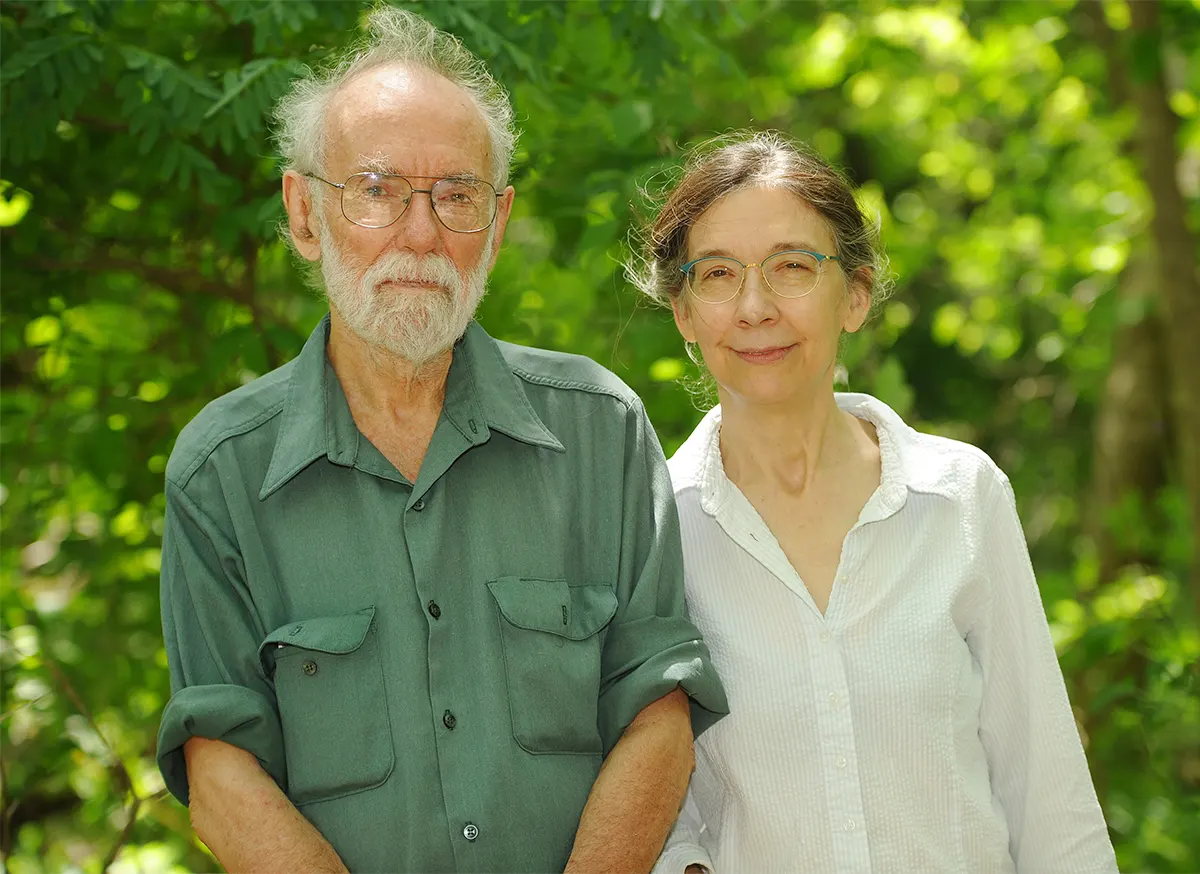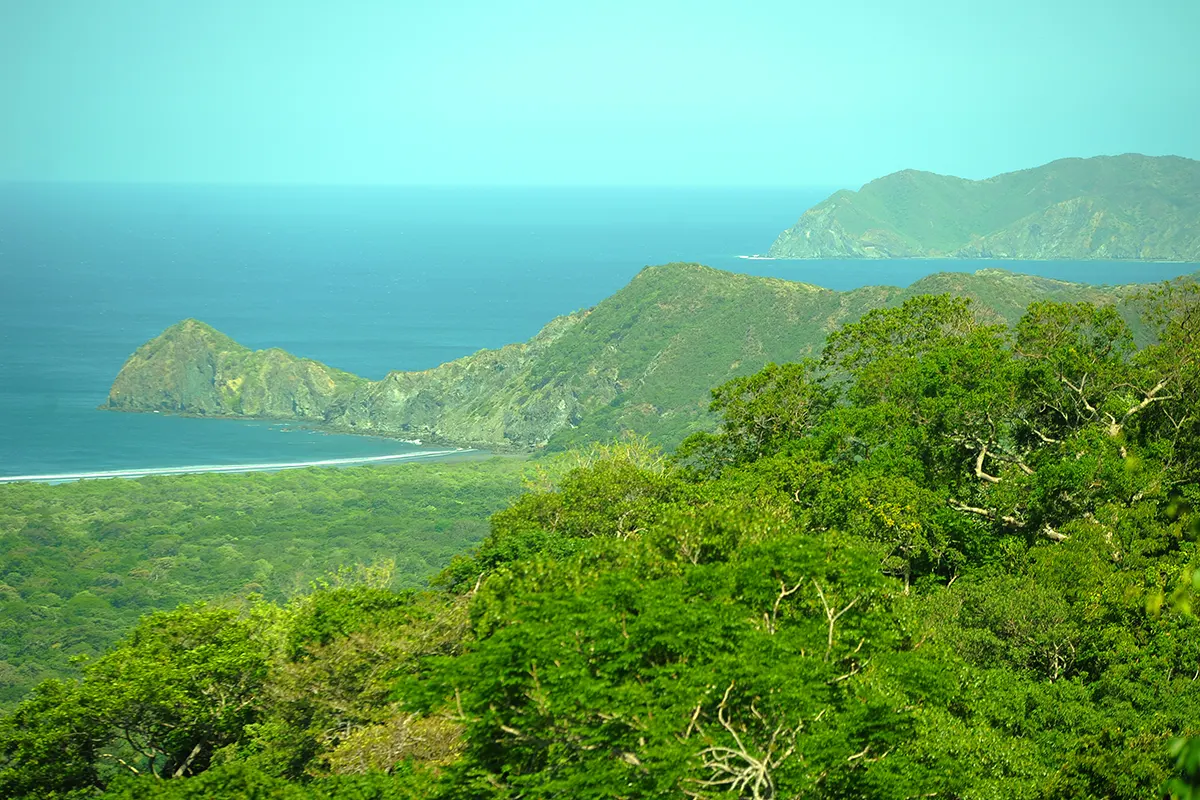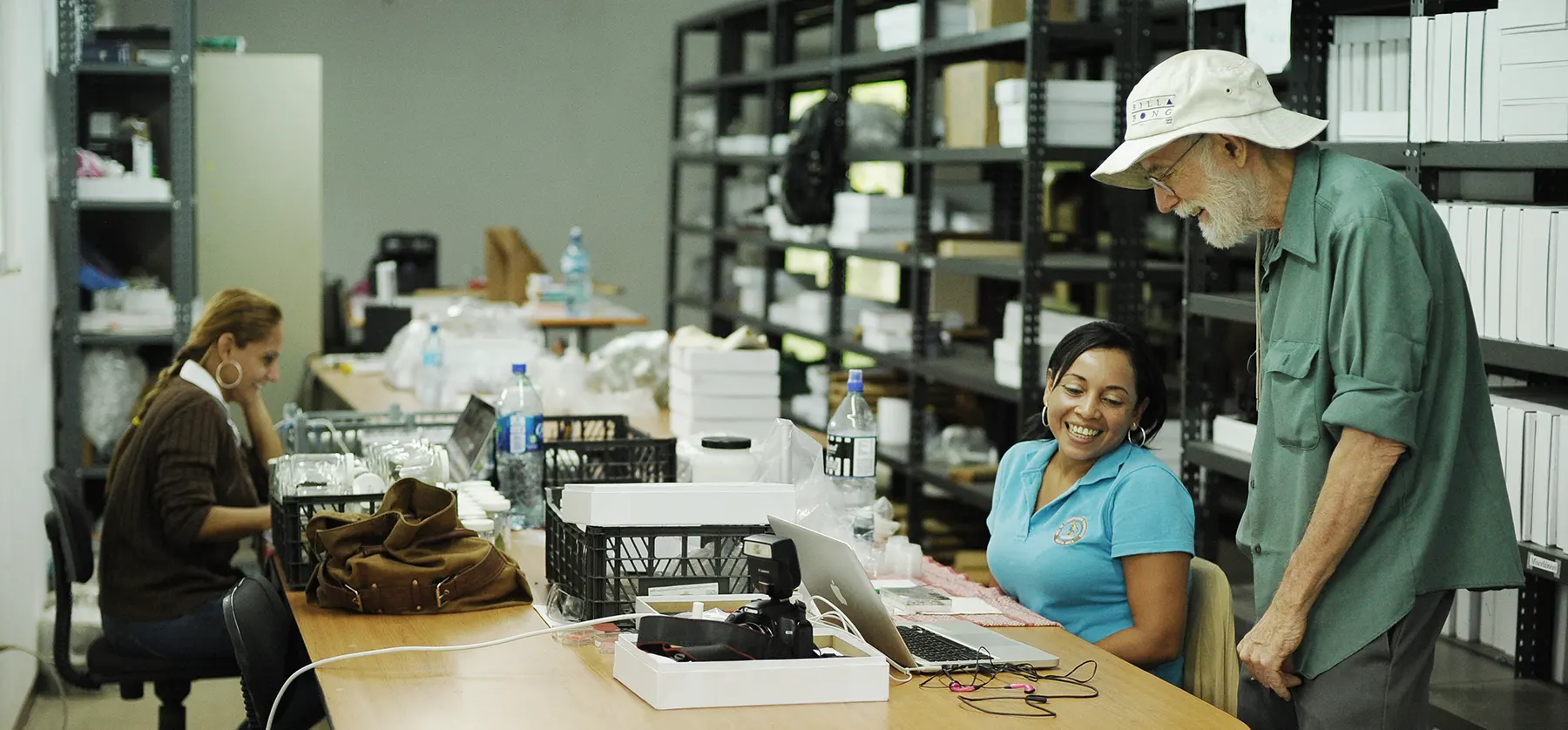The total area, including both land and ocean, is 165,000 hectares. In this area, more than 375,000 species are living, which accounts for 2.6% of the total world's species, 75% of the species in the United States and Canada, and 65% of the species in Costa Rica.
Next, they made paths for the seasonal migration of wild animals. Wild animals do not always stay in the same location. Costa Rica has cloud forests and rainforests as well as dry forests, and many wild animals move one place to another seasonally to stay comfortable. Making paths that allow animals to move around freely is important in maintaining biodiversity. Prof. Janzen and his colleagues planted trees to form paths that connect separated areas. As a result, paths are now being formed that even large animals such as tapirs and puma could pass through.










